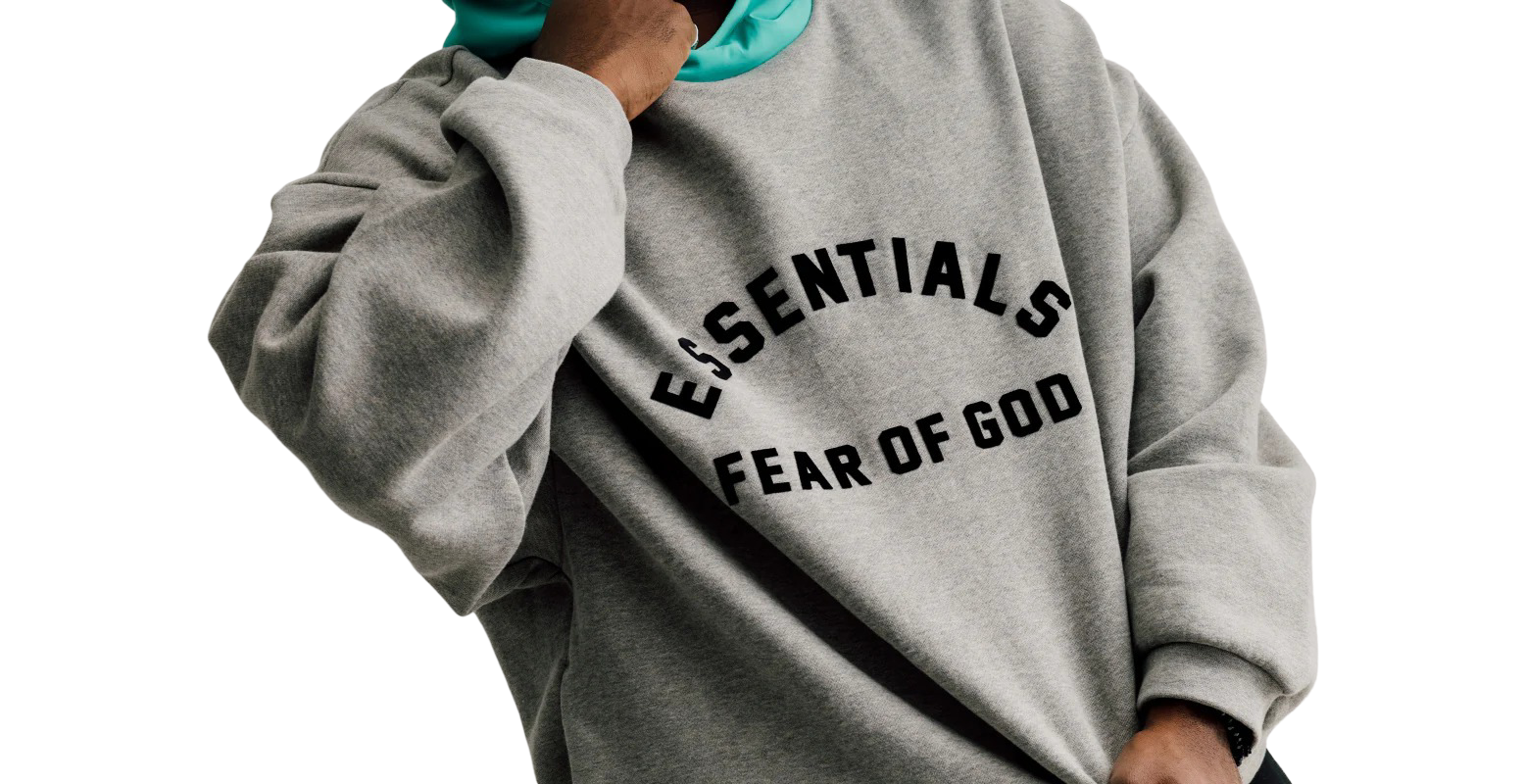Building a wardrobe can be both exciting and overwhelming. Whether you’re starting fresh or refining what you already have, focusing on investment basics is a smart way to create a closet full of timeless, high-quality pieces that serve you for years Essentials Clothing An investment wardrobe isn’t about buying expensive clothes for the sake of price tags — it’s about selecting well-made, versatile essentials that you’ll wear repeatedly and that maintain their appeal across seasons and trends.Here’s a comprehensive guide to building a wardrobe with investment basics, highlighting the essential pieces, how to choose quality, and tips for maintaining your wardrobe’s longevity.
1. Understanding the Concept of Investment Basics
Investment basics are foundational pieces that form the backbone of your wardrobe. They typically:
- Have timeless styles that don’t go out of fashion.
- Are made from high-quality materials.
- Offer versatility and can be mixed and matched with trendier or casual items.
- Fit well and flatter your body shape.
- Are durable and hold up well after multiple wears and washes.
These pieces may carry a higher upfront cost but save money over time by reducing the need for frequent replacements and creating a polished, consistent look.
2. The Core Investment Pieces Every Wardrobe Needs
a. The Classic White Shirt
A crisp white button-down shirt is the epitome of wardrobe versatility.
- Why it’s an investment: It can be dressed up for the office, paired with jeans for casual outings, or layered under sweaters and blazers.
- What to look for: Choose breathable cotton or cotton-blend fabrics with quality stitching and buttons. Aim for a cut that complements your shape — whether tailored, relaxed, or oversized.
b. A Tailored Blazer
The blazer instantly elevates any outfit.
- Why it’s an investment: Perfect for work, interviews, dinners, or casual weekends when paired with jeans.
- Material matters: Wool or wool-blend blazers are classic, but lightweight linen or cotton options are great for warmer seasons.
- Fit: The key to a great blazer is fit — structured shoulders and a cinched waist can enhance your silhouette.
c. Dark Denim Jeans
A pair of well-fitted dark denim jeans is a must-have.
- Why it’s an investment: Dark jeans look polished and can transition from day to night.
- Fit and cut: Choose a cut that suits your body and lifestyle — skinny, straight, bootcut, or wide-leg.
- Fabric quality: Look for heavyweight denim with a bit of stretch for comfort and durability.
d. The Little Black Dress (LBD)
Every wardrobe needs an LBD — a dress that works for countless occasions.
- Why it’s an investment: It’s your go-to for parties, dinners, and events when you want to look effortlessly chic.
- Style: Classic cuts like sheath or wrap dresses in high-quality fabric ensure it remains timeless.
e. Quality Footwear
Shoes can make or break your outfit.
- Why it’s an investment: Well-made shoes provide comfort and durability.
- Staples: Leather loafers, classic pumps, ankle boots, and versatile sneakers cover a range of occasions.
- Care: Investing in shoe care products and proper storage will prolong their life.
f. A Neutral Trench Coat
A trench coat is the ultimate transitional outerwear piece.
- Why it’s an investment: Timeless design and functionality make it useful for years.
- Fabric: Traditional gabardine cotton or water-resistant blends work well.
- Color: Beige or camel tones offer maximum versatility.
g. Knitwear: Cashmere or Fine Wool Sweaters
Sweaters are essential for layering.
- Why it’s an investment: Natural fibers like cashmere or fine merino wool are breathable, warm, and long-lasting.
- Styles: Simple crew necks, turtlenecks, and cardigans in neutral shades work with many outfits.
h. Classic T-Shirts
Though basic, quality t-shirts are indispensable.
- Why it’s an investment: They layer easily and work for casual and polished looks.
- Fabric: Opt for 100% cotton or cotton blends with a good weight and finish.
- Fit: Find cuts that flatter your frame, whether fitted or relaxed.
3. How to Choose Quality Pieces
Buying investment basics requires attention to detail. Here’s what to keep in mind:
- Fabric: Natural fibers like cotton, wool, silk, and linen tend to last longer and age well. Avoid overly synthetic materials for your investment pieces.
- Construction: Look at the stitching — it should be even and tight without loose threads. Seams should be reinforced.
- Fit: Tailoring can make even affordable items look expensive, but it’s best to buy pieces that fit well off the rack or require minimal adjustments.
- Details: Check buttons, zippers, and hems. High-quality hardware lasts longer and functions better.
- Brand reputation: Research brands known for craftsmanship and ethical production. Sometimes investing in these brands pays off in quality and sustainability.
4. Building Versatility: Mix and Match
Investment basics shine brightest when paired with other pieces in your wardrobe.
- Neutral colors: Black, white, beige, navy, and gray form the foundation for versatile outfits.
- Patterns and textures: Introduce patterns, prints, or textures with accessories or trend pieces to keep your looks fresh.
- Layering: Use your investment basics as the “canvas” to build layered outfits that adapt to different settings and weather.
For example, pair your tailored blazer with dark denim jeans and a white shirt for a smart-casual look, then swap the jeans for tailored trousers for a formal event.
5. Caring for Your Investment Basics
Proper care extends the life of your investment pieces:
- Follow care labels: Always adhere to washing and drying instructions.
- Hand wash or dry clean when needed: Some items, especially wool and silk, require gentle care.
- Store properly: Use padded hangers for delicate items and fold sweaters to avoid stretching.
- Rotate use: Avoid wearing the same item every day to reduce wear.
- Repair promptly: Replace buttons, fix hems, or resole shoes to maintain quality.
6. Avoiding Common Pitfalls
- Overbuying trends: Trendy pieces come and go quickly. Invest primarily in classics and sprinkle trendy items sparingly.
- Compromising fit for price: A poorly fitting piece, no matter the price, won’t look good. Tailoring can help but only to a point.
- Ignoring comfort: Invest in pieces you feel comfortable in — style and comfort should coexist.
- Neglecting lifestyle needs: Choose basics that fit your everyday routine, work environment, and personal style.
7. Final Thoughts: Quality Over Quantity
Building a wardrobe with investment Essential Hoodie basics is an approach that prioritizes quality, longevity, and versatility over fast fashion and impulse buys. It’s about curating a collection of timeless essentials that support your lifestyle and personal style, reduce decision fatigue, and help you feel confident every day.
By focusing on fit, fabric, and function, and caring for your pieces properly, you’ll cultivate a wardrobe that not only looks great but also stands the test of time.


